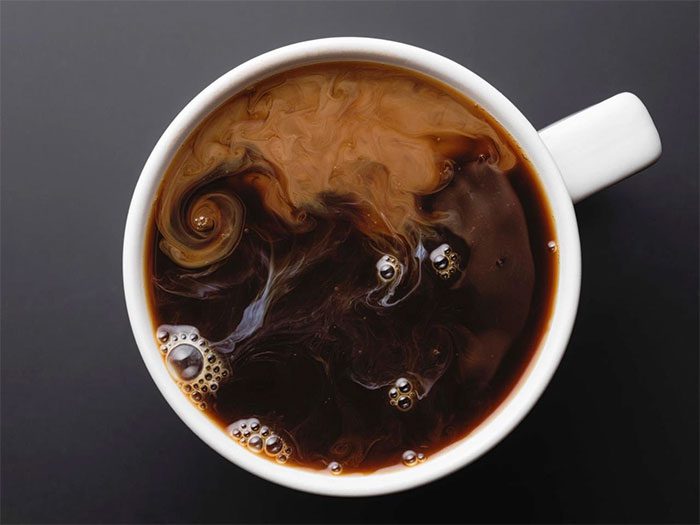Static Electricity and Coffee: Two Concepts That Seem Unrelated but Are Uniquely Connected.
Recently, Vietnam has gained fame for a beverage called salt coffee, which involves mixing coffee grounds with salt to create a special flavor. However, according to researchers from the United States, adding a bit of water to coffee beans before grinding is the secret to making a delicious and richer cup of coffee.

Grinding coffee beans generates a certain amount of static electricity, which affects the flavor of the final product. (Image: Getty Images).
In fact, this method is already familiar to some coffee enthusiasts when they prepare their favorite drink. Specifically, these individuals moisten the coffee beans as a mandatory step. Nevertheless, we have not been able to explain why this method makes coffee taste better.
Now, scientists have finally clarified this.
In a recent study, Christopher Hendon, a materials chemist at the University of Oregon (USA), suggests that when grinding coffee beans, a certain amount of static electricity is generated, which in turn affects the flavor of the final product. Therefore, controlling the static electricity during the grinding process is crucial, along with the factors we already know.
“To achieve this, we must adjust the moisture level“, Christopher stated. “Whether it’s the moisture remaining in the roasted coffee or the moisture added during the grinding process”.
The reason is that the moisture content of the beans determines the amount of charge generated during grinding.
By comparing coffee beans that have and have not had water added, Christopher and his colleagues found that they lengthen the extraction time of espresso and make the coffee denser. This occurs when water permeates the moistened coffee grounds, extracting more flavor from the beans, which are less clumpy due to the added moisture.
Although further experiments are needed to test the accuracy across different grinders and brewing methods, researchers concluded that the role of static electricity is closely tied to the flavor of coffee.
They suggest that adding a few drops of water to coffee beans can make a difference by effectively addressing issues like clumping and poor extraction, ultimately helping you achieve the best espresso.
Christopher advises coffee lovers to add about 20 microliters (μl) of water for every gram of coffee, or about half a milliliter (ml) for a standard espresso shot. He asserts that this will enhance the density and flavor of the coffee.
Researchers believe that from the story of grinding coffee beans, they can apply similar theories to address issues in geography, specifically concerning landslides, volcanic eruptions, or controlling water infiltration in soil.


















































